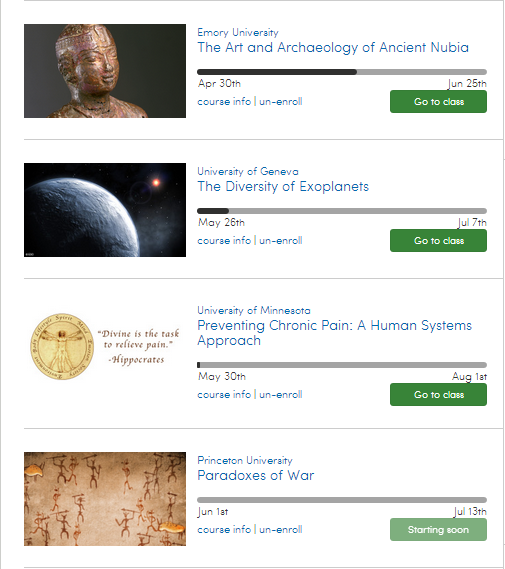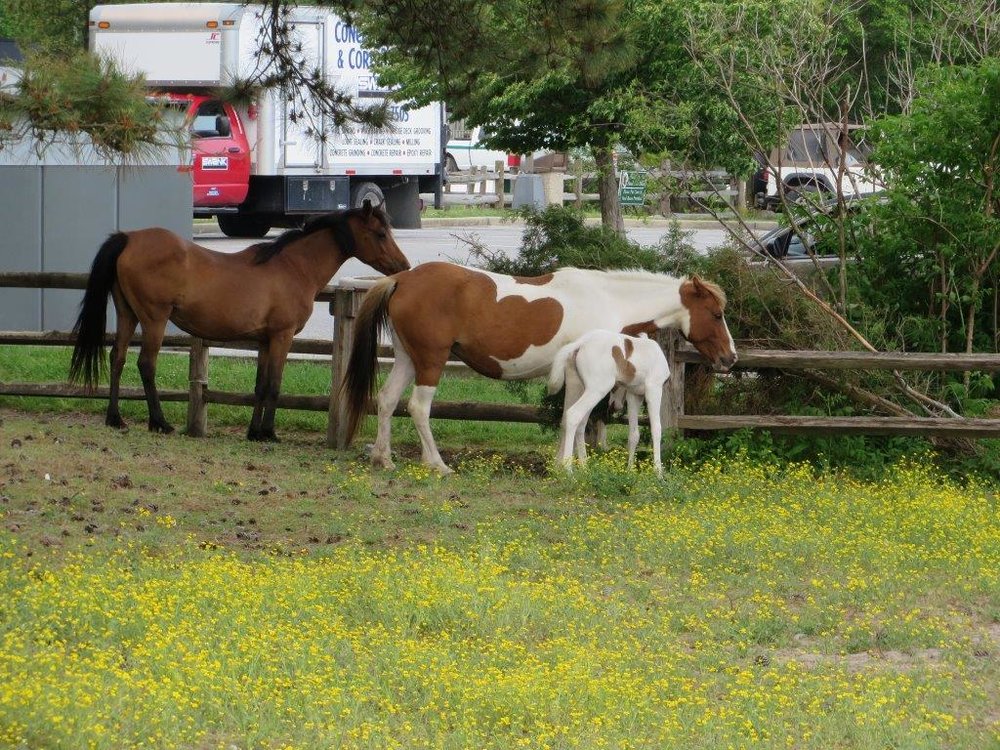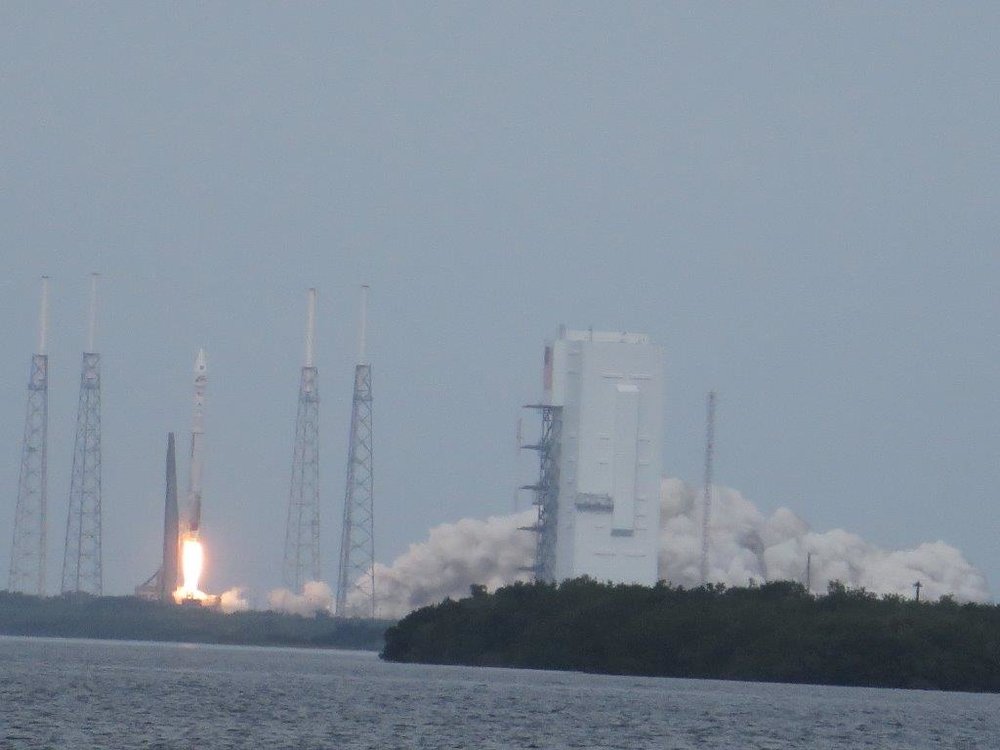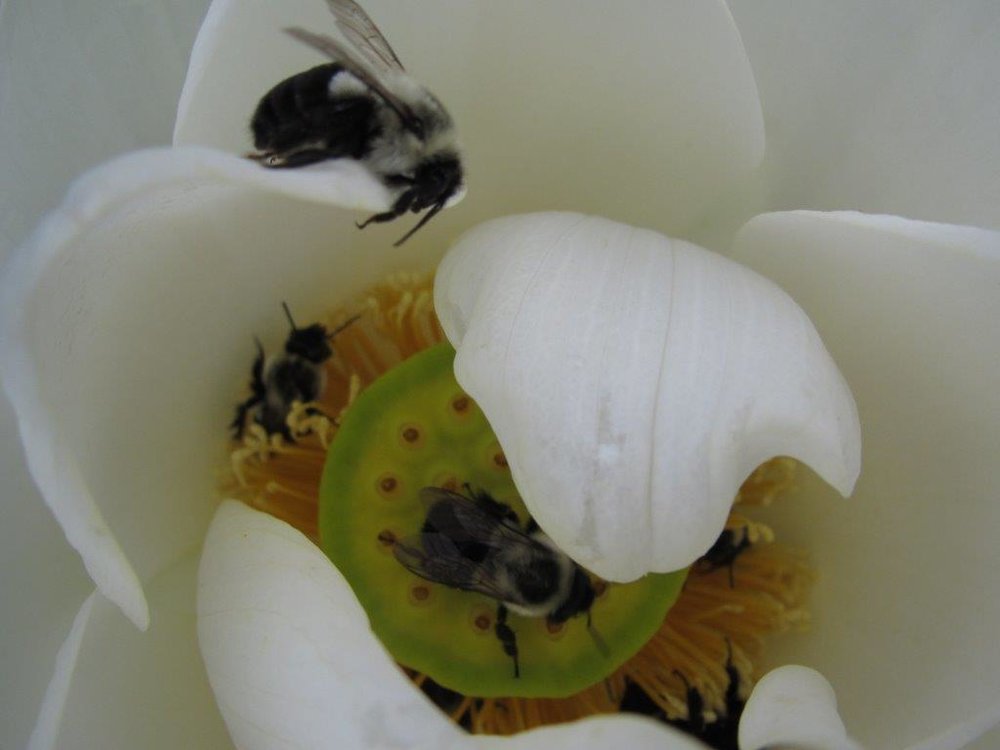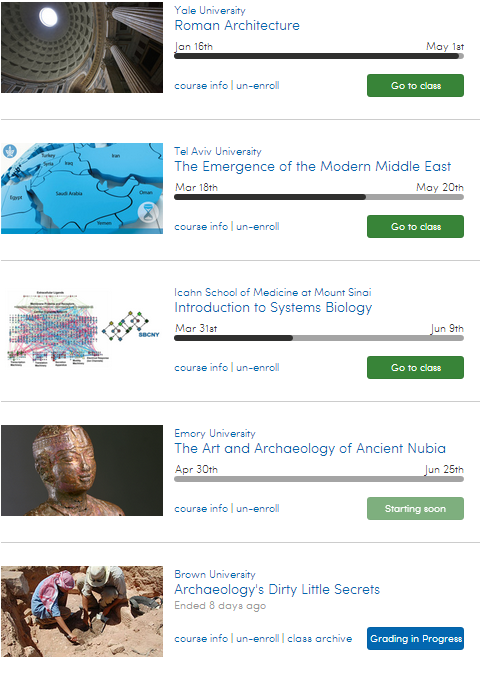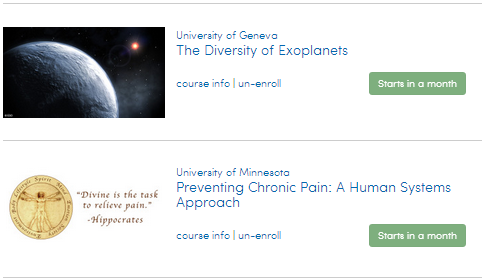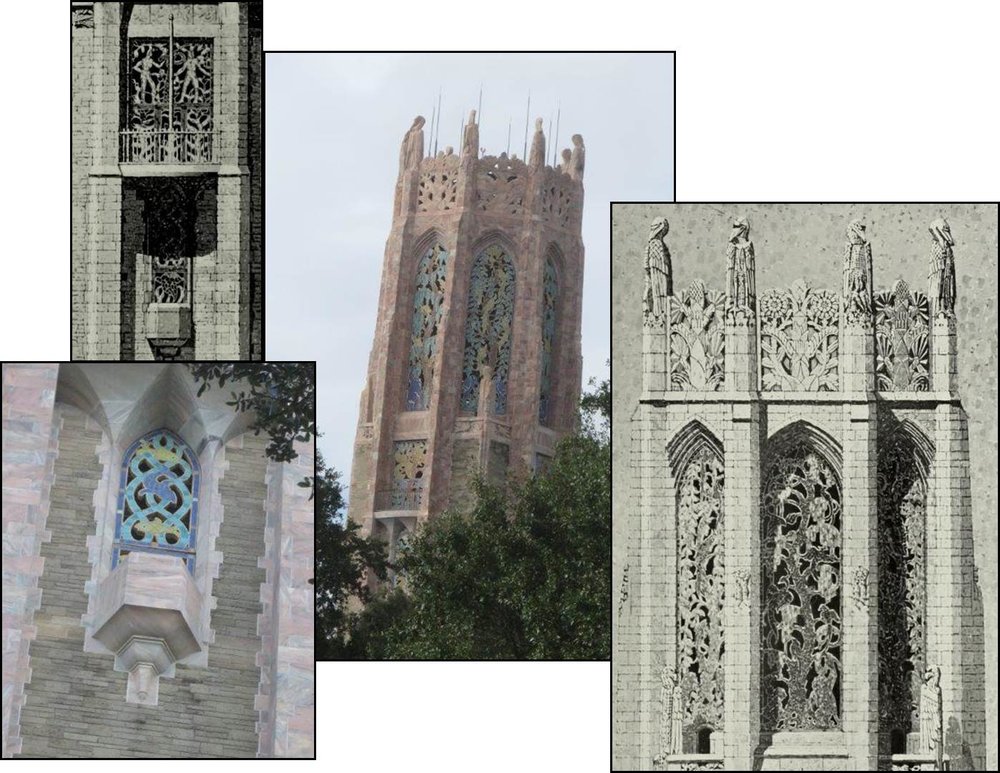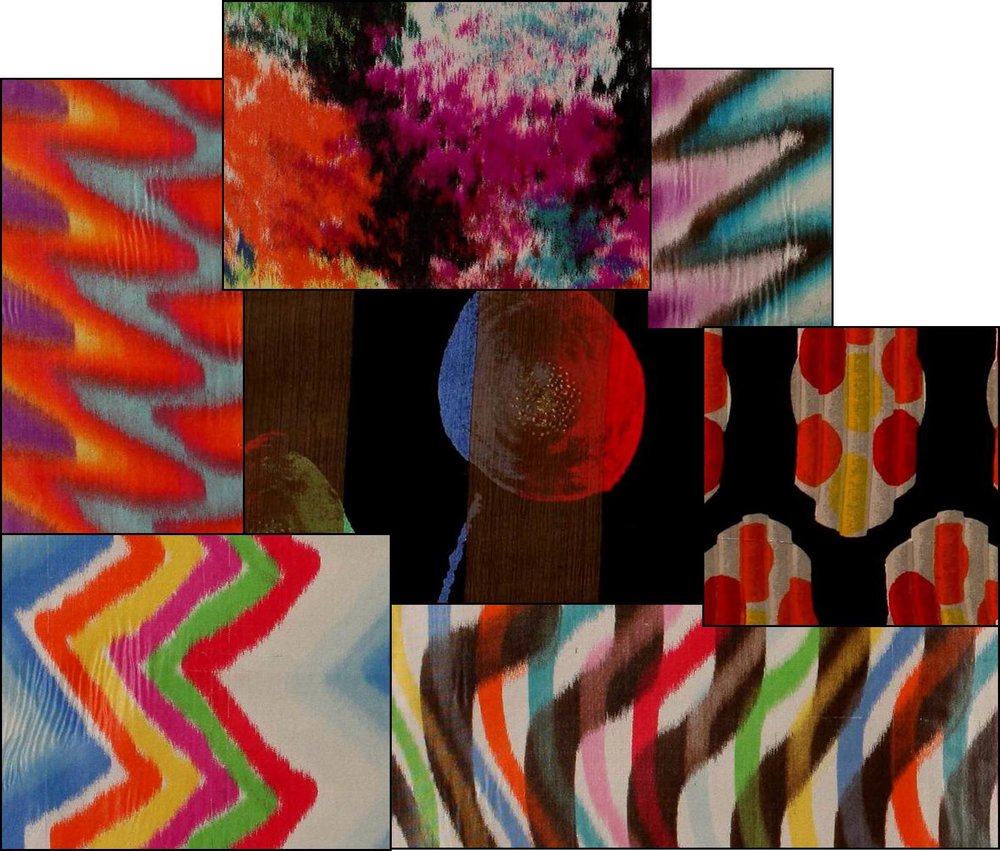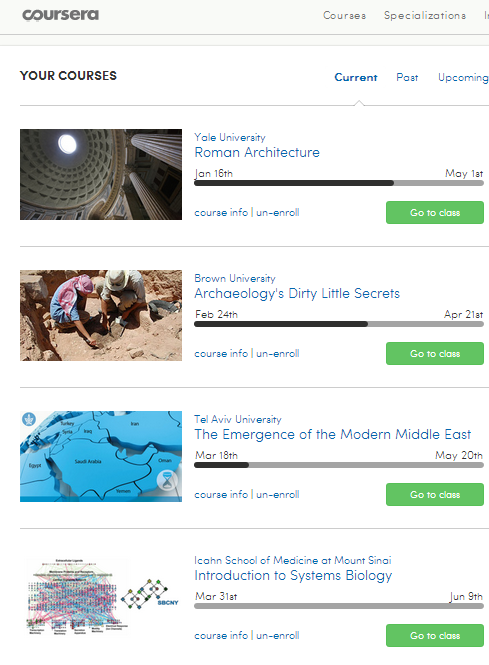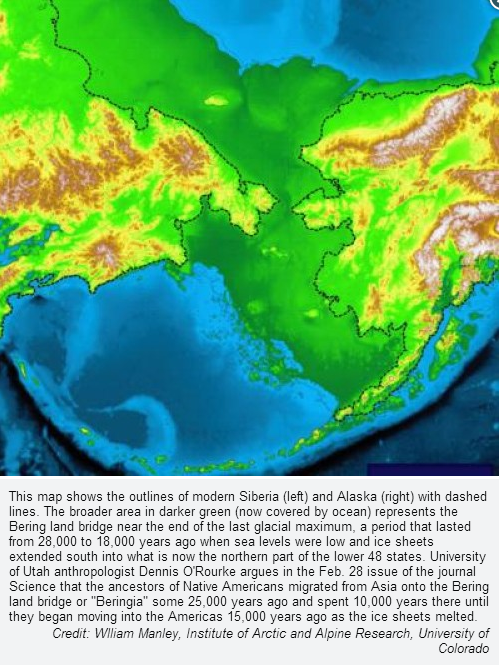Gleanings of the Week Ending June 7, 2014
/The items below were ‘the cream’ of the articles and websites I found this past week. Click on the light green text to look at the article.
Now that I am taking an Exoplanets on Coursera, I am noticing a lot of articles in my news feeds about them: 'Neapolitan' exoplanets come in three flavors, Astronomers discover two new worlds orbiting ancient star next door: One may be warm enough to have liquid water, First light for SPHERE exoplanet imager: Revolutionary new VLT instrument installed, Astronomers find a new type of planet: The 'mega-Earth', Diamond planets may be more common than astronomers thought, Super Earths Found Circling Ancient Star, Harsh space weather may doom potential life on red-dwarf planets, and The Closest Known Potentially Habitable Planet Is 13 Light-Years Away
Exploring the Parks: Musings from El Morro National Monument - Always a nice reminder to see a story about a place I’ve been and enjoyed!
Hundreds of "Hidden" Paintings Discovered at Angkor Wat - Using de-correlation stretch analysis on walls with traces of pigments.
Is the food industry really concerned with obesity? If people eat less, profits will decline - Consumers have to be savvy enough to see the healthy food that gets shifted to the background by marketing of (mostly unhealthy) processed foods.
Are your pets disturbing your sleep? You’re not alone - We have two cats. I ignore them during the night and early morning but my husband responds to their nudges to be scratched…..and so they now ask for more scratches during the night (my husband reports this while I sleep through it all)!
New Desalination Technologies Spur Growth in Recycling Water - Desalination is not just for seawater. The technology is also important for reusing agricultural water and industrial effluent.
Views of Venice - Art Added to Street View Imagery of Venice - This article is on a ‘tools for teachers’ site but the visuals over the google street view are fun for everyone. Visit the site and click on the ‘menu’ button in the upper right to see the art work that can be overlaid of the street view.
Wind Turbines and Birds: What’s the Real Story? - Bats are impacted too. The key question still seems to be - how can we develop wind turbines that avoid the negative impacts to biodiversity (and avian/bat mortality).
A Complete Primer for All the Species of Cats - A collection of a series of posts about species of wild cats.
New health services needed for rise in 100-year-olds - With more people living to 100 years and beyond - the need to hone health services(particularly palliative care) for them is becoming more important.

